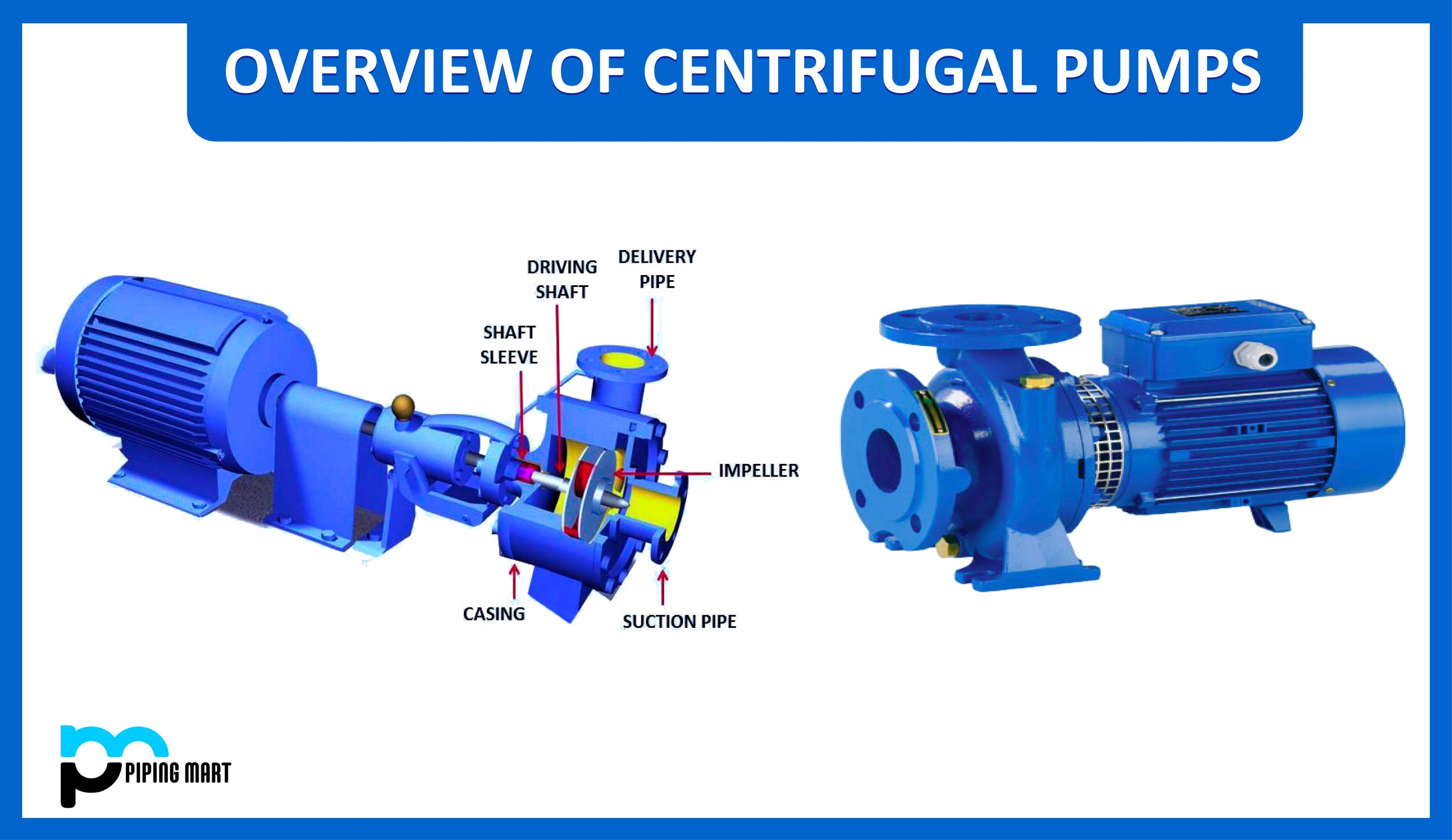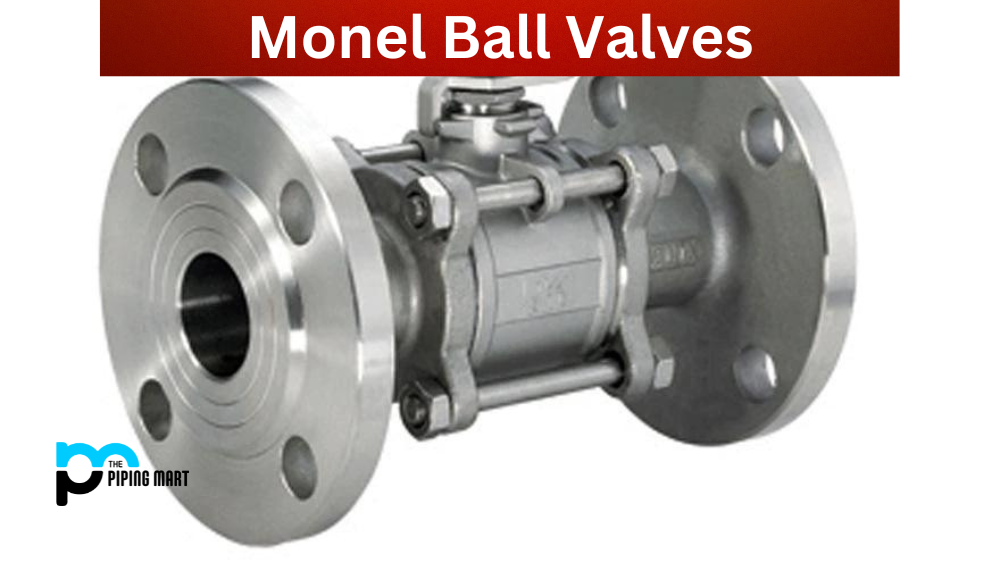A centrifugal pump is a mechanical turbo machine used to transfer fluids that transform mechanical energy into hydraulic energy via centrifugal function. The fluid enters by the centrifugal pump’s suction, and the rotating impeller’s centrifugal force increases the pressure and velocity of the liquid. Centrifugal pumps are the most commonly used pumps in the industry because they can efficiently handle both viscous and non-viscous liquids.
Parts of a Centrifugal Pump
A centrifugal pump is made up of the following major components:
- Impeller,
- Casing,
- Suction and Discharge Nozzles,
- Shaft
- Bearings
Centrifugal Pump Impeller
A wheel or rotor with a series of backward-curved blades or vanes is known as an impeller. It is the most important component of a centrifugal pump and is mounted on the shaft. The impeller is forced to rotate at a high speed by an external energy source (motor). The liquid enters the impeller at the eye, and the rotational action moves it through the impeller’s vanes and into the pump casing.
Pump impellers are classified into three types:
- Open Impeller
- Semi-enclosed Impeller (One Side open and the other side backed by a single disc)
- Enclosed Impeller (Impeller is inserted between two discs)
Centrifugal Pump Casing
The centrifugal pump casing protects the pump from the surroundings. It is an airtight barrier that holds pressure and converts impeller velocity into a steady flow. The casing of a centrifugal pump surrounds the pump rotor. The casing is responsible for converting the velocity head to the pressure head. It directs the flow towards the discharge nozzle.
Three styles of pump casing are used in industrial centrifugal pumps.
- Volute or Spiral Casing
- Vortex Casing
- Casing with Guide Blades or Diffuser Casing
In centrifugal pumps, the diffuser casing is the most effective casing.
Suction and Discharge Nozzles of Centrifugal Pump
A centrifugal pump has suction and discharge nozzles for fluid intake and pumping out, respectively. The suction nozzle has an axis that corresponds to the rotation axis of the impeller. The discharge nozzle has a normal axis to the impeller axis.
Centrifugal Pump Shaft
The core part is the pump shaft, which transmits the driving torque to the impellers. The impeller is connected to the motor via the shaft. It transports the impellers, shaft sleeves, and bearings. Its purpose is to center the rotating components inside the pump casing.
Bearings
Bearings in centrifugal pumps support all of the pump’s loads. Loads are transmitted to the foundation using pump bearings. Bearings limit shaft deflections to acceptable levels.
Centrifugal Pump Standards
The following are some commonly used centrifugal pump standards:
- API 610
- BS 5257
- ISO 5199 and ISO 2858
- ASME B73.1 and B 73.2
The most extensively used centrifugal pump standard is API 610, which specifies the design of centrifugal pumps for general refinery services. Their design is sturdy, and their functionality is excellent. API Pumps are another name for them.
Applications of Centrifugal a Pumps
Centrifugal pumps are used in a variety of industries for fluid transmission, including
- Power generation
- Refineries, Chemical, and Petrochemical Plants.
- Oil and Gas Industries.
- Mining and Chemical Industry.
- Pharmaceutical Industries.
- Agricultural Sector
- Water Treatment Plants
- Fire Control

Pipingmart is B2B portal specializes in industrial, metal and piping products. Also, share latest information and news related to products, materials and different types grades to help business dealing in this industry.




